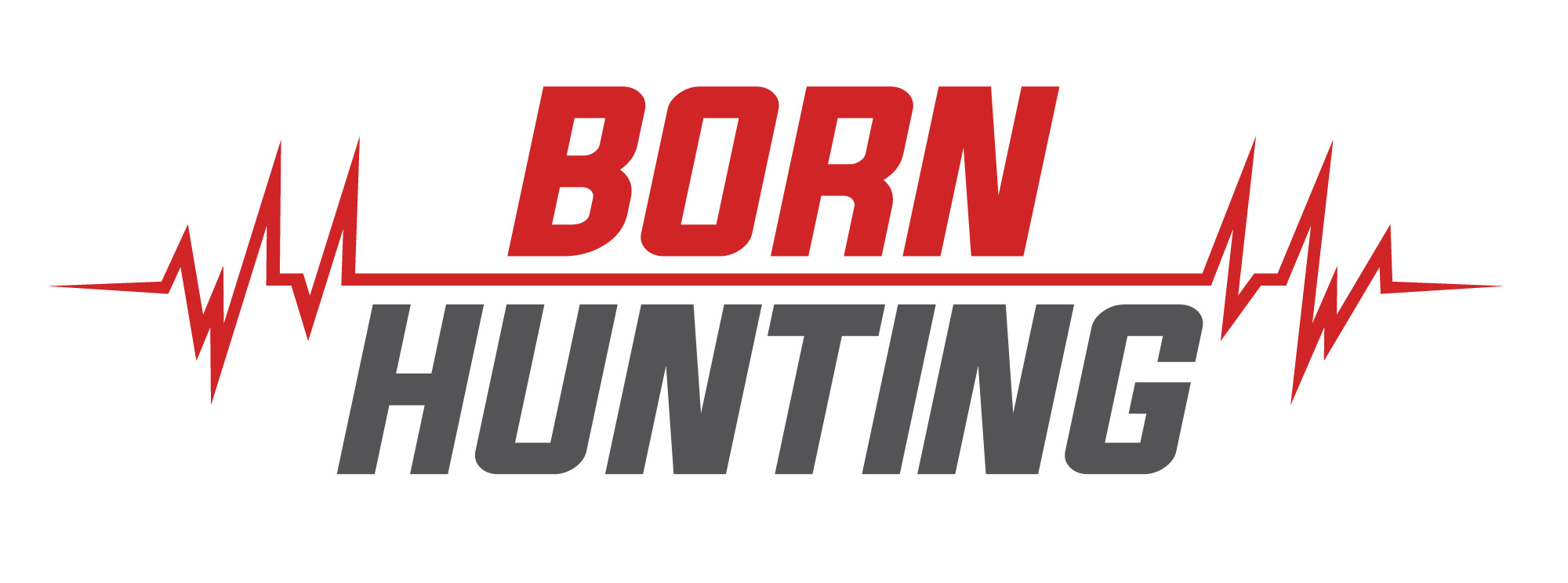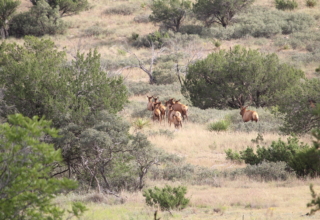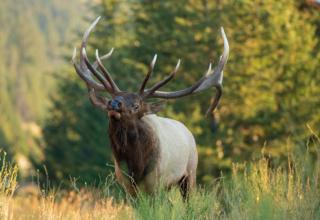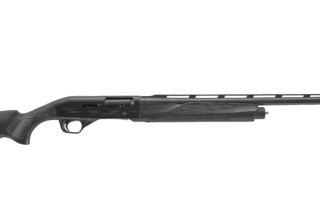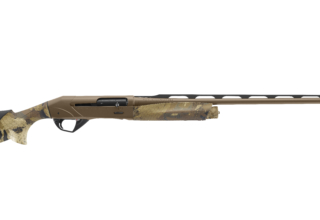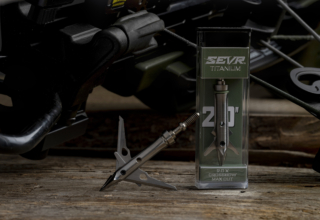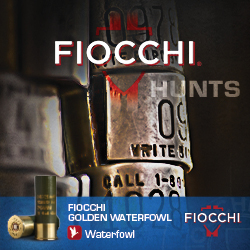Delta McKenzie and QuivAR join forces to give bowhunters an anatomically correct 3D internal anatomy target that will educate while boosting shooting confidence.
by Jace Bauserman
I’ve shot a handful of 3D archery tournaments, but not many. It’s not that I don’t enjoy them, but it’s not how I prefer to spend a spring or summer weekend.
From March through May, I chase longbeards, and from May through July, my boat is on a lake with walleye. Yes, I do shoot my bow nearly every day, even if it’s only a couple of arrows, but my entire shooting routine revolves around punching lungs and not hitting 12 rings. I train to hunt. I don’t train to climb the podium. While shooting 3DD tournaments is great for getting the competitive juices flowing and helps simulate moment-of-truth situations, I much prefer shooting 3D targets in my backyard or on a course with buddies, working to ensure every arrow is a killing arrow.
Delta McKenzie makes excellent 3-D targets. Each year, I save my pennies and purchase one or two targets. In 2021, when I drew my once-in-a-lifetime Rocky Mountain Bighorn Sheep tag, I dropped a coin on the manufacturer’s Bighorn Sheep 3D Archery Target. I love Delta McKenzie’s lifelike target builds, and I wanted to shoot a replica of the animal I’d be hunting. The target’s Duraflex Foam midsection promises longevity, and the E-Z Flex core ensures easy arrow removal.
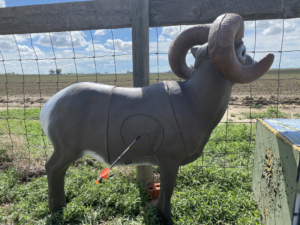
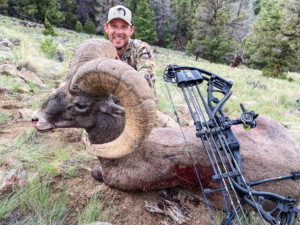
Today, I have enough Delta McKenzie’s to run an entire backyard course, which my family, friends, and I shoot regularly. To save greenbacks, most of my Delta McKenzie collection is part of the target makers Backyard 3D Series.
Most of these targets, such as the Baby Daddy Mule Deer, Baby Dady Buck, Strutting Turkey, Howling Coyote, and others, are under the $250 mark. They make excellent targets, and their smaller size builds shooting confidence.
Recently, though, Delta McKenzie broke a new mold, and bowhunters should be extremely excited. Enter the X-Ray Series.
See What You’ve Been Missing
The same large-size Big Daddy buck target that simulates a 250-pound whitetail just got better. It still showcases the same cross-body dovetail design that locks the main body tightly to the legs for added stability. The Big Daddy still features universal scoring rings on one side and heart vital shot placement on the other, making it ideal for tournament and bowhunting practice.
The 100 percent solid, self-healing foam withstands thousands of arrows, allows for ease of arrow removal, and handles field points or broadheads.
What’s different?
In 2025, Delta McKenzie adds QuivAR technology to the Big Daddy, making the tried-and-true target part of the Delta McKenzie XRay Series. Integrating QuivAR’s NFC Chip into the rear of the target, users can download the QuivAR App, tap the NFC Chip with their smartphone like they would for Apple Pay or a credit card purchase, and instantly view the anatomically correct 3D internal anatomy of the target. It’s remarkable!
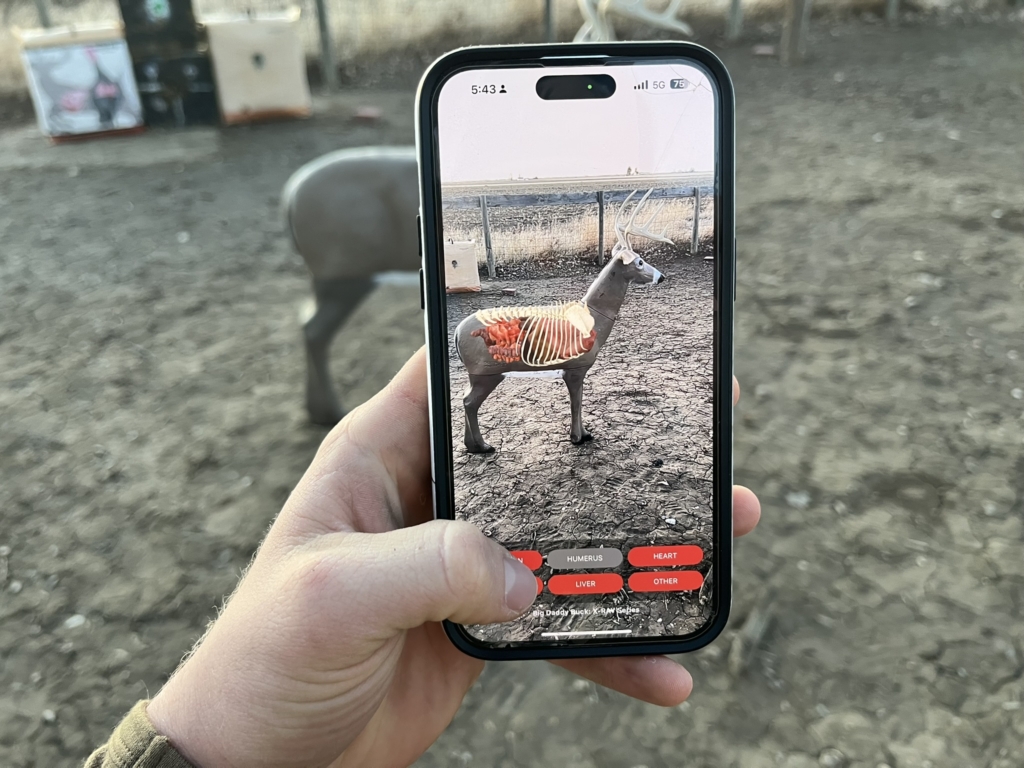
How Long Does It Take To Set Up?
The target’s assembly takes the same time as the original Big Daddy. There is no extra assembly; no wires, batteries, etc. Slide the body into the horizontal dovetail locking legs, add the head, ears, and horns, and you’re ready to drive the stakes and set the decoy.
The NFC Chip is on the upper rump of the non-scoring side of the decoy. You can shoot either side of the decoy and angle the decoy however you like. The 3D scan mode also lets you view the internal vitals from the top, which is excellent for treestand shots.

What Do I Do Once I Set Up The Target & Download The App?
After I set the target, downloaded the app, and followed the on-screen instructions, which took less than a minute, my app was paired with the target, and I was ready to shoot.
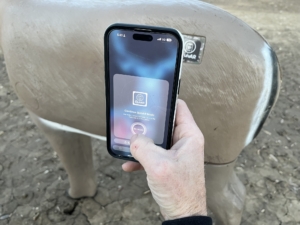

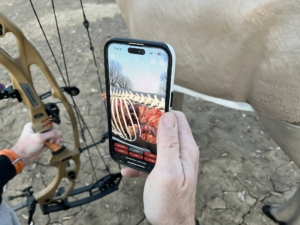
My first shot was broadside from 35 yards. I shot the scoring side of the target, and when I walked up to the target, I circled behind it, scanned the NFC Chip, and the internal vitals appeared on my phone. I could instantly see my arrow’s placement in the vitals. This is a game-changing technology that not only builds shooting confidence, but educates as well.
The app lets you add or remove organs, bones, etc., so you can better isolate and study your arrow placement.
My second shot was a low-light shot from 83.5 yards. The arrow flew perfectly, and the impact looked lethal. Once I scanned the NFC chip, I added the humerus bone to ensure I wasn’t too tight to the shoulder. Adding and removing the humerus bone let me know without any shadow of a doubt that my arrow wasn’t in the shoulder, and I made a killing shot. The technology is purposeful and helpful, and it creates zero setup hassle.
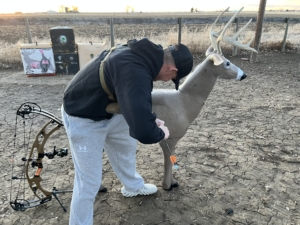
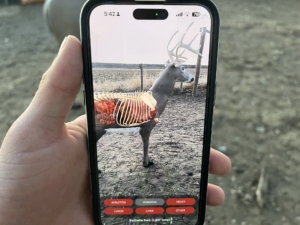
What I Recommend
I recommend taking a morning or afternoon and playing with the target and the technology. It’s addicting. Not only do you learn the actual internal structure of a white-tailed deer, but you build confidence as a shooter. You learn how low the heart sits and where the arrow needs to hit to be in the liver, not the guts. You see the orientation of the lungs, bones, etc.
There is nothing you can damage. There are no internal parts, so you can shoot field points or broadheads; just don’t shoot the chip. Accidents happen, and when you start moving back in distance, I recommend shooting the non-scoring/non-chip side of the target.
This technology is excellent for quartering shots and treestand shots. Leave the app open and move your phone on top of the target and on both sides to see the angle of your arrow in the vitals. QuivAR technology is ultra impressive.
What Are My Options?
QuivAR technology is available in Delta McKenzie’s X-Ray Series, which includes the Big Daddy, Grizzly Bear, and Elk. However, more options will be available soon.
QuivAR also partnered with Big Shot Targets, and the technology is available in Big Shot’s Big Buck, Mule Deer, and Axis Deer.
Final Thoughts
I am fortunate to test many different technologies each year. Some are snake oil; others are purposeful. Delta McKenzie and Big Shot X-Ray Series 3D Targets with QuivAR technology serve a purpose I’ve been longing for.
I can’t wait to continue using these targets and building my confidence, and a time will come when I’m not 100 percent sure of a hit on a big-game animal. When that happens, I will simulate arrow impact in the target the best I can, which will help me know when to return and try to recover the animal.
